Microsoft Fabric Vs. Snowflake: Unveiling the Powerhouses of Data and Analytics
Microsoft Fabric Vs. Snowflake:
Unveiling the Powerhouses of Data and Analytics
- November 9, 2023
- 5 Min Read
- Digambar Jadhav
Microsoft Fabric Vs. Snowflake: Unveiling the Powerhouses of Data and Analytics
In this data-driven world, businesses are constantly searching for the perfect data management and analytics solution that can cater to their unique needs. Among the top contenders are Microsoft Fabric and Snowflake – two behemoths in the SaaS realm for data management and analytics.
But what distinguishes them? Let’s embark on a journey of exploration of the differences between these two entities and discover their potential.
Architectures Showdown: Microsoft Fabric Vs. Snowflake
At the heart of Microsoft Fabric lies a unified ecosystem designed to streamline data and analytics processes. Microsoft Fabric is empowered by leading-edge AI capabilities, including Co-Pilot, Chat GPT, and AI-driven insights, exemplifying a revolutionary leap in data and analytics solutions. Notably, Fabric adheres to the principle of segregating storage and computation, optimizing efficiency. It also boasts seamless integration with popular office applications and collaboration platforms such as Teams.
With OneLake, Power BI, Azure Synapse, and Azure Data Explorer working harmoniously, users get the best of both worlds: tightly integrated analytics and a unified data lake. The integrated capabilities, powered by AI, amplify the innovation potential and informed decision-making like never before.
The diagram below illustrates Microsoft Fabric’s architecture and services.
Microsoft Fabric architecture
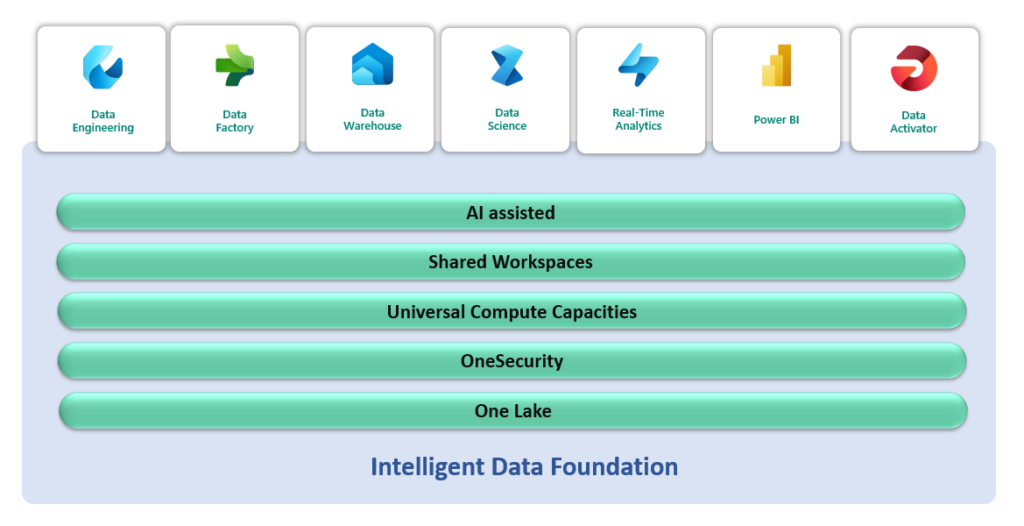
On the other end of the spectrum, Snowflake is a SaaS service that is Cloud agnostic, has zero maintenance, limitless instant scaling, built-in query optimization, hybrid columnar storage, and decoupled compute and storage that scales independently. Those qualities have made Snowflake one of the favorite cloud data warehousing choices in the market so far.
Snowflake follows the usage-based pricing model, and you only get charged for used compute (per second) and storage (average TB of data stored per month after compression).
Benefits like performance and support for structured and semi-structured data, concurrency scaling and accessibility, seamless data sharing, high availability, and security first approach make Snowflake very popular in the market.
Snowflake Architecture

Microsoft Fabric prioritizes end-to-end integration and ease of use for users already familiar with Power BI and Azure data services. Meanwhile, Snowflake stands out for its managed cloud platform, data separation, flexibility, and robust security.
Feature Showdown: Microsoft Fabric Vs. Snowflake
Let’s dive in with a side-by-side comparison of the high-level features offered by both Microsoft Fabric and Snowflake:
| Sr. No | Features | Snowflake | Microsoft Fabric | Winner |
| 1 | Use cases | Data Warehouse, Streaming, Data Engineering, Data Lake, Data Science, and Data Applications. | Data Engineering, Data Science and Machine Learning, Data Lake, Data Warehouse and BI. | Fabric: Broader set of services including leading BI product |
| 2 | Compute | Limitless scaling with virtual warehouses. | Fully managed platform supporting multiple computes like Spark, Synapse SQL, and Kusto DB. | Snowflake: Fabric needs to mature limitless compute. |
| 3 | Storage | Hybrid columnar storage with managed micro-partitions with zero intervention needed for indexing and partitioning |
Fabric offers OneLake as a single, unified, logical data lake that is built on ADLS Gen2 leveraging open-source Parquet and Delta formats. | Both |
| 4 | Monitoring | Resource monitors, control policies, and cost-monitoring options are available | Microsoft Fabric offers: 1. Data Activator: “Monitors queries, datasets, and event streams for patterns, trigger alerts, and actions”. 2. Monitoring hub, which serves as a central location to monitor various activities, including dataset refresh and Spark Job runs and is available for Power BI, Data Factory, Data Engineering, and Data Science. |
Both |
| 5 | Administration | Near-zero Administration is a SaaS platform. | Near-zero Administration is a SaaS platform. | Both |
| 6 | Security and Compliance | Compliant with SOC 1 Type II, SOC 2 Type II, HIPAA, GDPR, ISO 27001, and FedRAMP. Data is encrypted at rest and offers RBAC (Role-Based Access Control) for user and privilege management. Robust security includes MFA (Multi-Factor Authentication) and VPN connectivity. | Fabric offers applying Sensitivity labels to guard your sensitive content against unauthorized data access and leakage. Additionally, data is encrypted at rest and offers RBAC (Role-Based Access Control) for user and privilege management. Robust security includes MFA (Multi-Factor Authentication) and VPN connectivity. | Snowflake: Due to support for virtual private Snowflake instances. |
| 7 | Data Ingestion | With Snowpipes, Stream, Stages, External tables, and third-party tools like Mitillion, Fivetran, and the Native Copy command. | Data Pipelines, Data Flows, and Copy commands; cross-warehouse ingestion; and partners like DBT-Data Build Tool, Databricks, and more. | Both |
| 8 | Support for building data apps | Streamlit is an open-source Python library that facilitates the creation and sharing of beautiful, custom web apps for machine learning and data science. It enables you to quickly build and deploy powerful data apps within minutes. | Custom data apps can be quickly created using Power BI. | Both |
| 9 | Support for Notebook Environment | Python worksheets provide support for all DataFrame-based libraries, including but not limited to Pandas, NumPy, Boto3, Plotly, and more. | Fabric supports the Notebook environment for both data science and data engineering workloads. | Fabric: Snowflake depends on third-party tools (Jupyter) for notebook environments. |
| 10 | Querying and Analysis | Snowflake supports Snowsight, Snowsql, Jupyter Notebook environment, etc. for querying data and analysis. | Fabric supports Notebook, SQL Endpoint (Spark), and SQL WH interfaces for connectivity. | Both |
| 11 | Data Sharing | Snowflake supports both public and private live data sharing and data monetization capabilities using the marketplace. | Needs to leverage the “Azure Data Share” service for data sharing. Data sharing is not a default option with Fabric for now. | Snowflake: Advanced data-sharing features |
| 12 | Cloning/Copying source datasets | Zero copy cloning is supported for most of the object types, including tables and schemas. | Only Zero copy cloning of tables is supported for now, and there are no other object types or schemas. | Snowflake: Advanced cloning options |
| 13 | Reporting needs | Basic support for building dashboards and charts. | Fabric supports enterprise-grade reporting features supplied using Power BI. | Fabric: due to the inbuilt Power BI service |
| 14 | Data Profiling Capability | Default Data profiling supports the first 1 million rows for every query result or output. | We need to develop custom scripts using languages like Python, R, or SQL to perform in-depth data profiling. Services like Azure Databricks, Data Pipelines, and Synapse Analytics can help with this too. | Snowflake Every select query result gets profiled by default. |
| 15 | Pipeline and orchestration | Snow Tasks provides basic noncyclic orchestration and support for third-party tools like Airflow and Data Factory. | Data Factory, Data Flows, Copy Command, Pipeline Jobs. | Fabric as it provides native tools, flexibility, and integration ease |
| 16 | Data support | Support structured and semi-structured data types like Avro, Parquet, JSON, etc. | Native integration with Azure Data Lake and Delta Lake makes it an ideal choice for structured and unstructured data. | Fabric: As it supports unstructured data types. |
Wait, we’re not done yet! Let’s dig deeper into the trenches and explore the object-level comparison of these remarkable platforms.
| Sr. No | Snowflake Objects | MS Fabric- Equivalent Objects (Synapse) |
| 1 | Tables (Permanent, Transient, Temporary) | Tables (permanent and local temporary tables are supported). Global temporary tables and transient user tables in TEMPDB are not supported in Fabric. Primary and Foreign Keys are not supported. Tables are case-sensitive. |
| 2 | Constraints and keys: Snowflake supports defining and maintaining constraints but does not enforce them, except for NOT NULL constraints, which are always enforced. | Constraints and keys: For warehouses, PRIMARY KEY, and UNIQUE constraints are only supported when NONCLUSTERED and NOT ENFORCED options are used. FOREIGN KEY is only supported when the NOT ENFORCED option is used. |
| 3 | Standard SQL views are supported | Standard SQL views are supported |
| 4 | Materialized views are natively supported. | Materialized views are only supported in Fabric real-time analytics and do not yet support fabric warehouse or Lakehouse. Instead of using materialized views, you can materialize the results of complex queries by storing them in tables. This approach allows you to pre-compute and store the results of expensive or frequently used queries, improving query performance for subsequent executions. |
| 5 | External tables are supported natively in Snowflake. | External tables are supported only in Lakehouse, and you can create external tables directly on top of OneLake files. |
| 6 | Secure views are used to share sensitive objects across different accounts. | The secure views option is not available or supported in Fabric yet. |
| 7 | Capturing table CDC is made easy using table Streams in Snowflake. Below are different types: Delta (standard stream) Append Only stream Insert Only | In Fabric, Change Data Capture (CDC) is not natively supported as a built-in feature. However, you can implement CDC-like functionality using other Azure services. One possible approach is to use Azure Data Factory and Azure Event Hubs to capture, and process change data. |
| 8 | Sequences are supported natively within Snowflake. | Sequence objects are not supported yet in Fabric. We need to build custom logic to create sequences in Fabric. |
| 9 | In Snowflake, Procedures are supported with JavaScript, Python, and SQL Language. | In the Fabric warehouse -Stored Procedures are supported with only SQL language support. There is no support for other languages yet. |
| 10 | Function, UDFs (support Java, JavaScript, and SQL). | In Fabric Scalar Functions, Table Valued functions are only available with SQL language support |
| 11 | Stages (both internal and external Stage creation is supported). | Shortcuts for External Storage and Onelake/Lakehouse for Ad Hoc File Uploads. |
| 12 | Schema’s creation is supported by Snowflake. | Schema creation is supported by Fabric. |
| 13 | File Formats: All standard file formats are supported. | All standard file formats (CSV, ORC, Parquet, JSON) are supported. |
| 14 | We can create database instances in Snowflake. | An equivalent construct in Fabric is called a “Warehouse”. |
| 15 | Roles: Elaborate roles and role hierarchies can be created within Snowflake. | Roles are supported at the Fabric Workspace level. Available roles are: 1. Admin 2. Member 3. Contributor 4. Viewer. |
| 16 | Resource monitors can be configured to manage virtual warehouse costs. | Microsoft Fabric, the Monitoring hub, serves as a central location to monitor various activities, including dataset refresh and Spark Job runs, and is available for Power BI, Data Factory, Data Engineering, and Data Science |
| 17 | External function executions (AWS Lambda) are possible through Snowflake. | External function execution is not supported in the Fabric Preview Environment. |
| 18 | Metadata access using the information schema. | The Information Schema option is supported in the Fabric Warehouse environment. |
| 19 | Snowpipes can be created for the automatic loading of files from the external stage. | In Fabric, Structured Spark Streaming can be leveraged to load data files. |
| 20 | In Snowflake Zero, copy cloning of databases, schemas, and other objects is fully supported. | In Fabric Zero, copy cloning of only tables is supported in Preview. |
| 21 | Data Masking- Both row and column-level masking and tag-based masking are possible. | Object-level security can be managed using GRANT, REVOKE, and DENY syntax. Row-level security is currently not supported. Dynamic data masking is currently not supported. |
| 22 | Search Optimization on tables. | Search optimization is not available as a service. |
| 23 | Disaster Recovery: Up to 90 days of Time travel and 7 days of fail-safe. | Time travel is supported by Lakehouse Delta Tables only. |
Concluding Thoughts
In conclusion, both Microsoft Fabric and Snowflake are robust data and analytics platforms, each with their own strengths and capabilities. Both are competitive platforms with their own pros and cons that would look a lot like each other in the future as both are trying to become end-to-end analytics platforms.
The success of both platforms depends on your specific needs and requirements. There is no easy answer to which platform to choose without understanding the customer’s unique situation. It could be Snowflake, Fabric, or a combination of both, depending on the current state and where you want your future enterprise software landscape to be.
Reach out to us today, and let’s make your data dreams a reality!
At iLink Digital, we are passionate about empowering businesses with cutting-edge data solutions.
Contact us and experience the power of data solutions tailored to your unique business needs. Request a personalized demo or free consultation with our team of experts.
About Author
“Bringing over 15 years of extensive experience in the field, Digambar Jadhav is a seasoned data architect specializing in modern cloud data technologies such as Snowflake, Databricks and Microsoft Fabric. With a versatile background in various roles within data warehousing projects, he excels in architecture design, solutioning, and offering comprehensive support in data engineering and data modeling. Known for leveraging cutting-edge cloud platforms, Digambar is committed to delivering innovative solutions and optimizing data ecosystems.”
SHARE
Related Blog Posts

Top Technology Trends in Automotive Industry
Technological innovations like AI, autonomous vehicles, and AR are revolutionizing the automotive in...

Telecom Industry Trends: Shaping the Future in 2024
Explore the top 5 telecom trends for 2024: 5G expansion, network virtualization, edge computing, cyb...
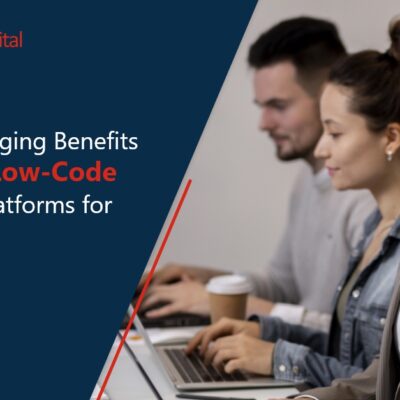
6 Benefits of Adopting Low-Code No-Code Platforms for Businesses
Unlock business potential with low-code/no-code platforms: fast development, cost savings, accessibi...

Revolutionizing Industries with Power Platform: Case Studies and Insights
Explore transformative technologies like AI, Quantum Computing, and Industry Cloud Platforms, set to...

Top 6 Emerging Technologies in 2024: A Glimpse into the Future
Explore transformative technologies like AI, Quantum Computing, and Industry Cloud Platforms, set to...

Top Technology Trends of 2023: A Year in Review
Explore 2023's pivotal tech trends: Generative AI's impact, Blockchain's trust-building, Low/No Code...
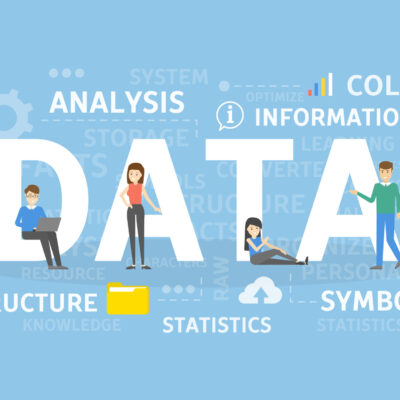
How Top Industries can benefit most from Data Science & AI
Explore the revolutionary role of Data Science and AI in propelling industries forward. From reimagi...
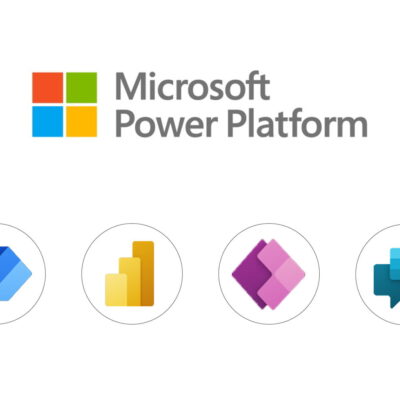
6 Guided Strategies for Microsoft Power Platform Implementation
The Microsoft Power Platform offers organizations the ability to accelerate digital transformation w...

Choosing the Right Cybersecurity Services Partner: Step-by-Step Guide
In this blog, we'll guide you through the crucial process of selecting the perfect cybersecurity all...

The Value of Regular Security Audits: Safeguarding Your Digital Fortress
Imagine your company's digital infrastructure as a castle and its data as your most treasured posses...

Cybersecurity Awareness Training: Arm Your Team Against Digital Threats
While most organizations invest in state-of-the-art security solutions, there’s often an overlooked...
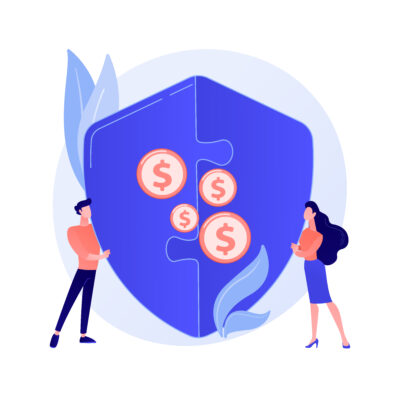
The Financial Impact of Cyber Breaches on Businesses: Direct & Hidden Expenses
Cyber breaches cost businesses millions, with both immediate and long-term financial impacts. Beyond...

How Technology can help to Bolster Employee Engagement and Happiness
Unlock employee happiness and engagement with technology. Discover strategies like flexible work, co...

Why is Beak the Ultimate AI-Based Solution for Your IT Infrastructure Challenges
Discover Beak - An Intelligent GPS for Infrastructure Monitoring, SOC, NOC & RMM. Streamline ope...
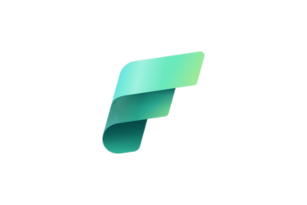
Microsoft Fabric: Unleashing the Power of Next-generation Data Analytics with AI Capabilities
Explore Microsoft Fabric, the cutting-edge data analytics platform that combines AI capabilities wit...
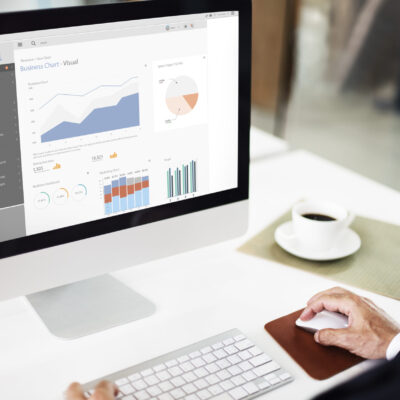
Streamlining Your Migration from Crystal Reports to Power BI
iLink Digital specializes in seamless Crystal Reports to Power BI migration. Explore feature compari...

Streamline Your Business with ServiceNow Bonding: Simplifying Integrations
In today's interconnected business landscape, seamless data exchange between systems is crucial for...

A New Way of Building Attended Automations with UiPath Apps, UiPath Forms & Triggers, and FromIo
Building attended automation is crucial for businesses seeking operational efficiency and improved u...
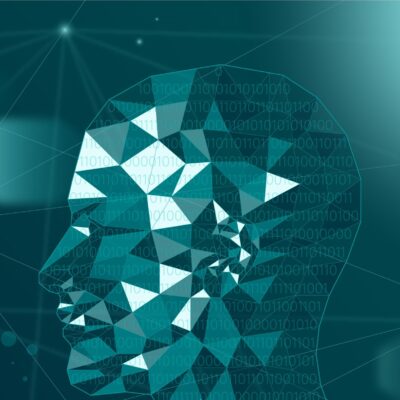
Conversation AI Vs. Generative AI: Decoding the Difference
In this blog post, we delve into the unique realms of conversational AI and generative AI. We explor...

5 Tips to keep your Salesforce Org Health in Top Shape
As a business leader, it's crucial to prioritize the health of your Salesforce org to ensure optimal...
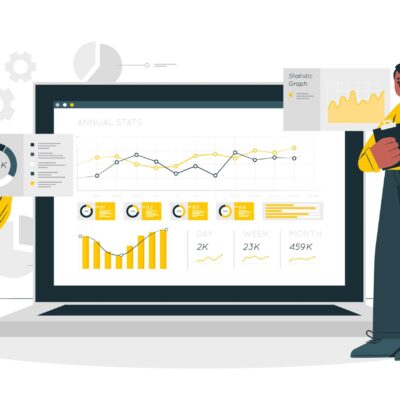
Ace your Qlik to Power BI Migration in 10 Steps
Are you planning to migrate from Qlik to Power BI? The process can be challenging, requiring careful...
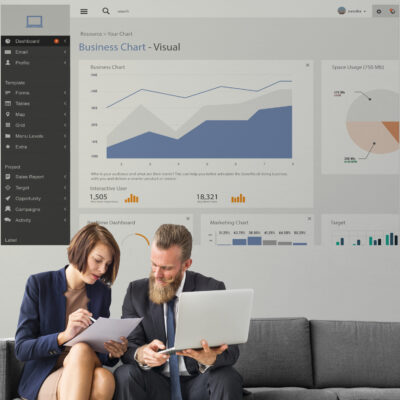
Why Your Business Should Migrate from Cognos to Power BI?
Learn why businesses are choosing to migrate from Cognos to Power BI and how it can maximize the val...
![Aligning DevOps with AWS: Development Stage [Part 4 of 9]](https://www.ilink-digital.com/wp-content/uploads/2023/06/image-400x400.png)
Aligning DevOps with AWS: Development Stage [Part 4 of 9]
Discover the power of DevOps with AWS in the Development stage! Leverage services like AWS Cloud9, C...

Modernization to Elevate IT Resilience: Answering Why & How?
Discover how modernizing your systems can significantly improve your business's IT resilience. In to...
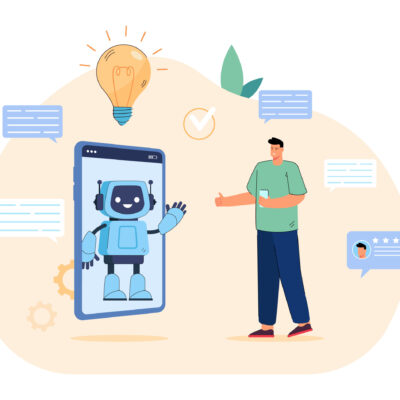
Chatbots for Customer Service: A Must in 2023?
Driven by artificial intelligence, chatbots are shaping the future of customer service with their tr...

5 Strategies for Maximizing Business Value on Your Cloud Journey
In today’s digital era, harnessing the power of the cloud has become an indispensable element for bu...

Maximizing Revenue and Driving Growth with Salesforce Revenue Intelligence
In today's data-driven business landscape, maximizing revenue and driving growth is crucial for comp...

Why Power BI is a Game-Changer for Your Business Intelligence Needs
Power BI is a powerful business intelligence tool that enables organizations to make data-driven dec...

MULTI-TENANCY ON OUTSYSTEMS: Answering How & Why?
OutSystems is a low-code platform that offers multi-tenancy support, a critical feature for modern a...

Greening the Cloud: How Cloud Computing Can Help the Environment?
Cloud migrations have the potential to reduce energy consumption by 65% and carbon emissions by 84%...

Conversational AI in Insurance Industry: Top Use Cases to Explore
Looking to explore the potential of Conversational AI in the insurance industry? Our in-depth blog p...

5 Ways Companies can lower their Carbon Footprint and Contribute to a Greener Future
As we navigate through the climate crisis, the need for businesses to prioritize carbon management h...

Mastering Salesforce Queues: A Comprehensive Guide to Boosting Your Productivity
As a sales professional, you're always looking for ways to streamline your work and be more producti...

6 Technologies to help your Business Achieve Sustainability Goals in 2023
Many corporate leaders are also discovering that sustainability can deepen their organization’s sens...

How IoT is reinventing Manufacturing and Supply Chains Industries in 2023?
IoT has transformed manufacturing operations and supply chain management by increasing operational s...
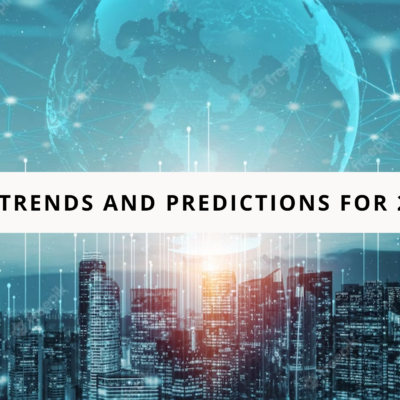
The Future of IoT: Trends and Predictions for 2023
The Internet of Things (IoT) has come a long way since its inception over a decade ago.
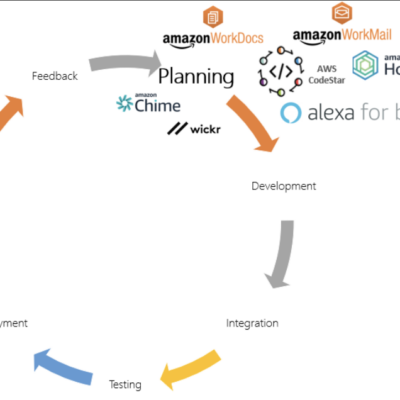
Aligning DevOps with AWS: Planning Stage [Part 3 of 9]
In this article, 3rd in the series, we will discuss the Planning stage of DevOps using AWS and intro...

Cloud-Based RPA: The Next Frontier in Automation
Automation has become a buzzword in the business world, and for a good reason. Companies are embraci...
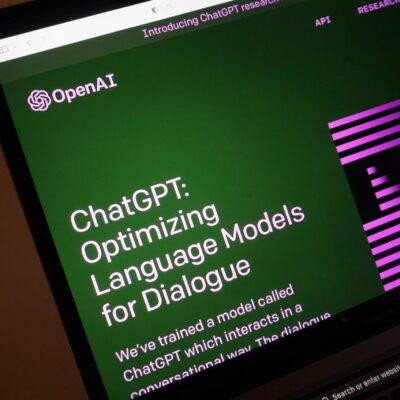
How can Businesses use ChatGPT to upgrade their Customer Services?
Businesses can leverage ChatGPT to take their clients’ experience to the next level. For example, re...
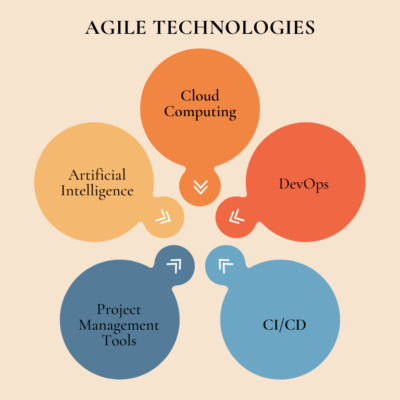
Agile Technologies: Revolutionizing Business Efficiency and Innovation
Businesses that use agile technologies have gained insights, worked faster, and built stronger relat...

Top 7 Salesforce Trends To Follow in 2023
As one of the most powerful CRM platforms, Salesforce assists businesses to build customer databases...

What is Data Mesh? | Architecture, Principles, and Benefits
What is Data Mesh? Data mesh is a decentralized data architecture that groups data according to a pa...
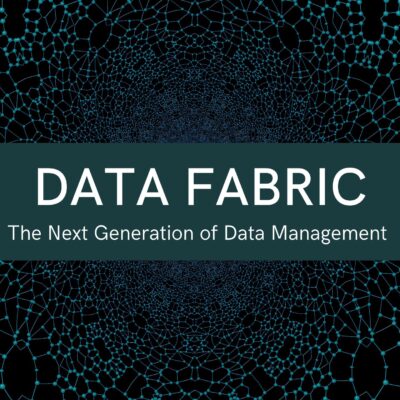
Understanding Data Fabric, its Key Components & Benefits.
Data fabric integrates and connects to your organization’s data while removing the complexities invo...

What is IoT Analytics and Why Business Leaders should care?
48% of companies use IoT in their business. Imagine the amount of customer data being collected. Wit...
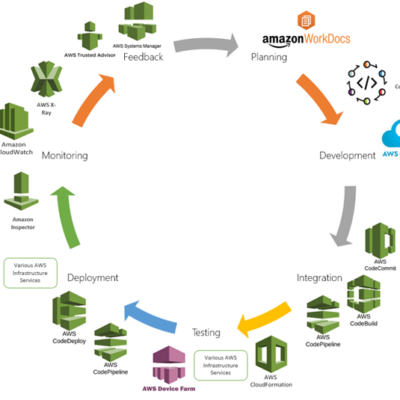
Aligning Services with DevOps Stages [DevOps with AWS – Part 2 of 9]
One popular platform for implementing DevOps practices is Amazon Web Services (AWS). In this article...

9 Best Practices for Protecting Data Privacy in 2023 and Why they shouldn’t be disregarded.
The average cost of a data breach is currently $4.35 million, and that amount will only increase. Al...
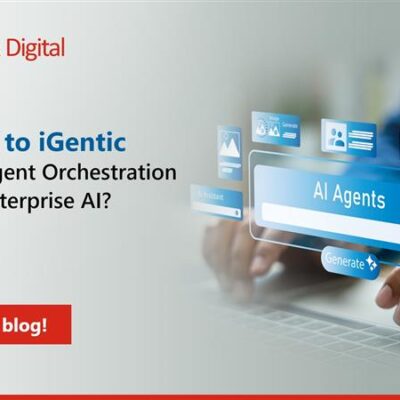
Agentic AI to iGentic – How Multi Agent Orchestration is Refining Enterprise AI?
Introduction AI has been around since the 1950s, yet the large-scale adoption of Machine Learning m...
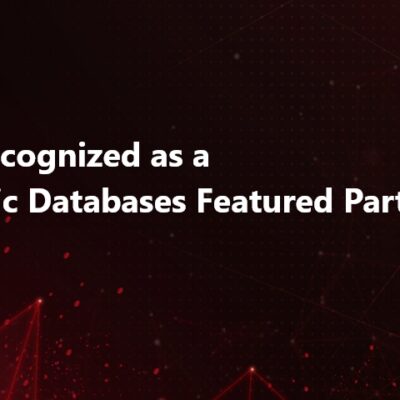
iLink Digital Recognized as a Microsoft Fabric Databases Featured Partner
Bothell, WA – April 01, 2025 Bothell, WA – iLink Digital is proud to announce its recognition as a...
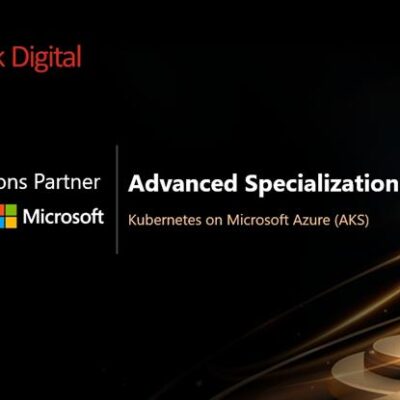
iLink Digital Achieves Kubernetes on Microsoft Azure Advanced Specialization
Bothell, WA – March 20, 2025 iLink Digital is proud to announce that it has earned the Kubernetes...



